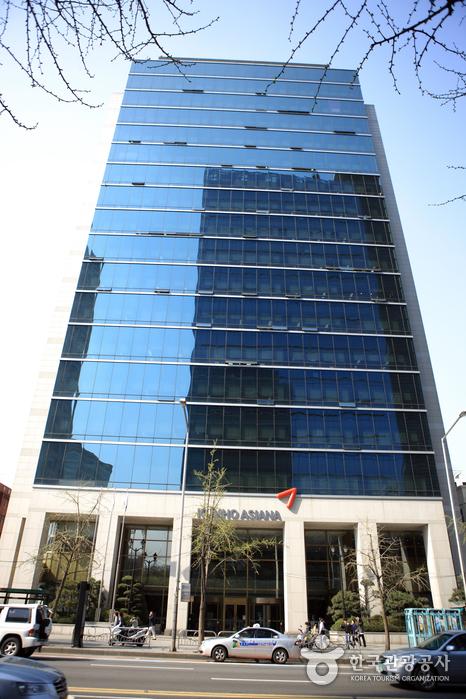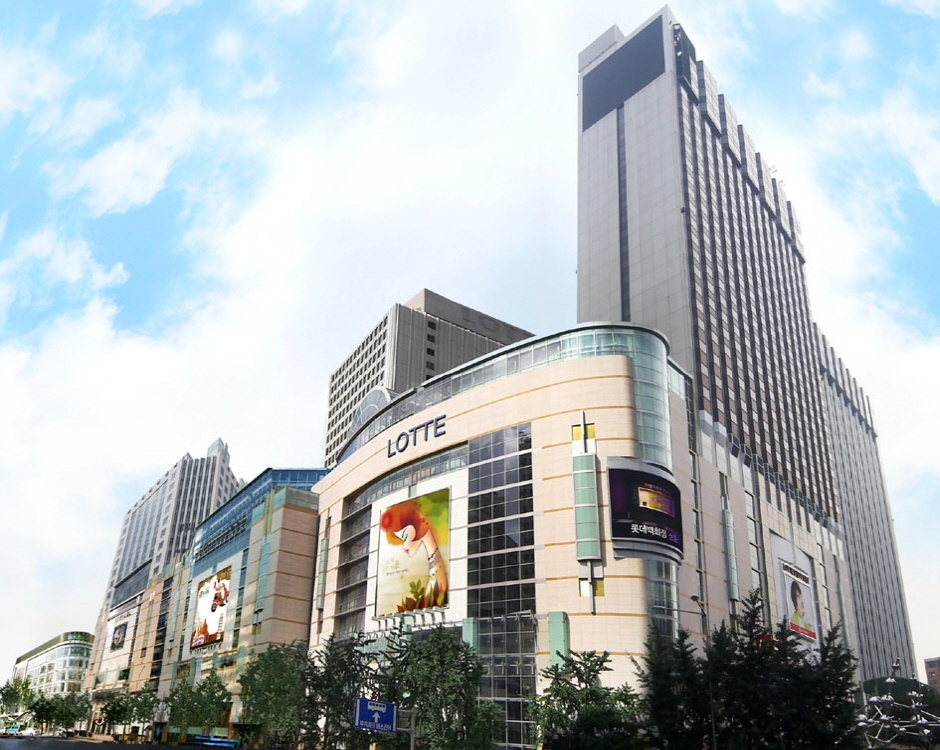Samsung Digital Plaza - Shinsegae Main Branch [Tax Refund Shop] (삼성 디지털 신세계 본점)
755.4M 2024-04-23
6F Shinsegae Department Store Main Branch, 63, Sogong-ro, Jung-gu, Seoul
-
Diame - Shinsegae Main Branch [Tax Refund Shop] (다이아미 신세계 본점)
755.4M 2024-04-18
1F, 63, Sogong-ro, Jung-gu, Seoul
-
Berluti - Shinsegae Main Branch [Tax Refund Shop] (벨루티 신세계 본점)
755.4M 2024-04-18
6F, 63, Sogong-ro, Jung-gu, Seoul
-
Omega - Shinsegae Main Branch [Tax Refund Shop] (오메가 신세계 본점)
755.4M 2024-04-18
63, Sogong-ro, Jung-gu, Seoul
-
Dior - Shinsegae Main Branch (1F) [Tax Refund Shop] (디올 신세계 본점 1층)
755.4M 2024-04-23
1F, 63, Sogong-ro, Jung-gu, Seoul
-
Fendi - Shinsegae Main Branch (2F) [Tax Refund Shop] (펜디 신세계 본점2층)
755.4M 2024-04-19
63, Sogong-ro, Jung-gu, Seoul
-
Duko S.T.Dupont - Shinsegae Main Branch [Tax Refund Shop] (듀코 신세게(백)본점 듀퐁)
755.4M 2024-04-16
6F Shinsegae Department Store Main Branch, 63, Sogong-ro, Jung-gu, Seoul
-
Myeong-dong Myeong Pharmacy [Tax Refund Shop] (명동명약국)
755.9M 2024-04-19
#102, 11, Namdaemun-ro 7-gil, Jung-gu, Seoul
-
Kumho Art Hall (금호아트홀)
756.9M 2021-05-28
76, Saemunan-ro, Jongno-gu, Seoul
+82-2-6303-1977
Kumho Art Hall was built in 2000 exclusively for classical music concerts, with 390 seats, the perfect structure for chamber concerts. All seats are recital hall chairs and the wide spacing between rows of chairs helps the audience to have a pleasant time. Upon entering the theater, all cell phones will turn off automatically. This helps all visitors to enjoy the concert without being interrupted by ringing cell phones. The interior is cozy and luxurious, and the stage is made of maple.
Lotte Duty Free Shop - Main Branch (롯데면세점 (본점))
765.3M 2025-01-07
30 Eulji-ro, Jung-gu, Seoul
+82-759-6660
Lotte Duty Free Shop is located on 9-12F of Lotte Department Store, in the center of Seoul. Lotte Duty Free Shop is a one-stop shopping complex providing shoppers a wide range of products. Lotte Duty Free Shop in Myeong-dong offers luxury brands such as HERMES, LOUIS VUITTON, CHANEL, CARTIER, and others. Also, visitors can enjoy a unique experience of purchasing beauty products using innovative digital technology at the Smart Store on floor 1.
[Directions]
Get off Subway Line 2, Euljiro 1(il)-ga Station, Exits 7 & 8 and walk straight for 50 meters and turn right.
![Samsung Digital Plaza - Shinsegae Main Branch [Tax Refund Shop] (삼성 디지털 신세계 본점)](http://tong.visitkorea.or.kr/cms/resource/97/2890397_image2_1.jpg)
![Diame - Shinsegae Main Branch [Tax Refund Shop] (다이아미 신세계 본점)](http://tong.visitkorea.or.kr/cms/resource/46/2890446_image2_1.jpg)
![Berluti - Shinsegae Main Branch [Tax Refund Shop] (벨루티 신세계 본점)](http://tong.visitkorea.or.kr/cms/resource/48/2890448_image2_1.jpg)
![Omega - Shinsegae Main Branch [Tax Refund Shop] (오메가 신세계 본점)](http://tong.visitkorea.or.kr/cms/resource/90/2890490_image2_1.jpg)
![Dior - Shinsegae Main Branch (1F) [Tax Refund Shop] (디올 신세계 본점 1층)](http://tong.visitkorea.or.kr/cms/resource/69/2890569_image2_1.jpg)
![Fendi - Shinsegae Main Branch (2F) [Tax Refund Shop] (펜디 신세계 본점2층)](http://tong.visitkorea.or.kr/cms/resource/85/2890585_image2_1.jpg)
![Duko S.T.Dupont - Shinsegae Main Branch [Tax Refund Shop] (듀코 신세게(백)본점 듀퐁)](http://tong.visitkorea.or.kr/cms/resource/10/2887810_image2_1.jpg)
![Myeong-dong Myeong Pharmacy [Tax Refund Shop] (명동명약국)](http://tong.visitkorea.or.kr/cms/resource/87/2878587_image2_1.jpg)


 English
English
 한국어
한국어 日本語
日本語 中文(简体)
中文(简体) Deutsch
Deutsch Français
Français Español
Español Русский
Русский